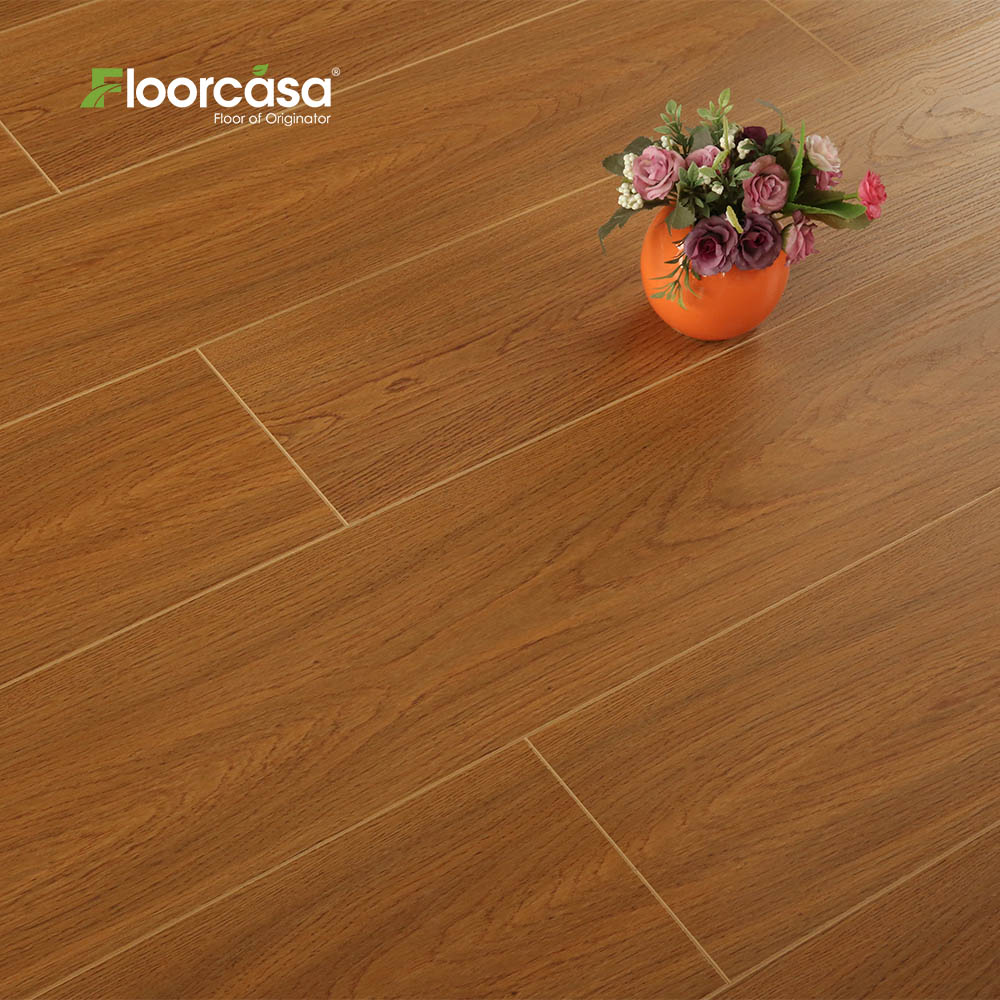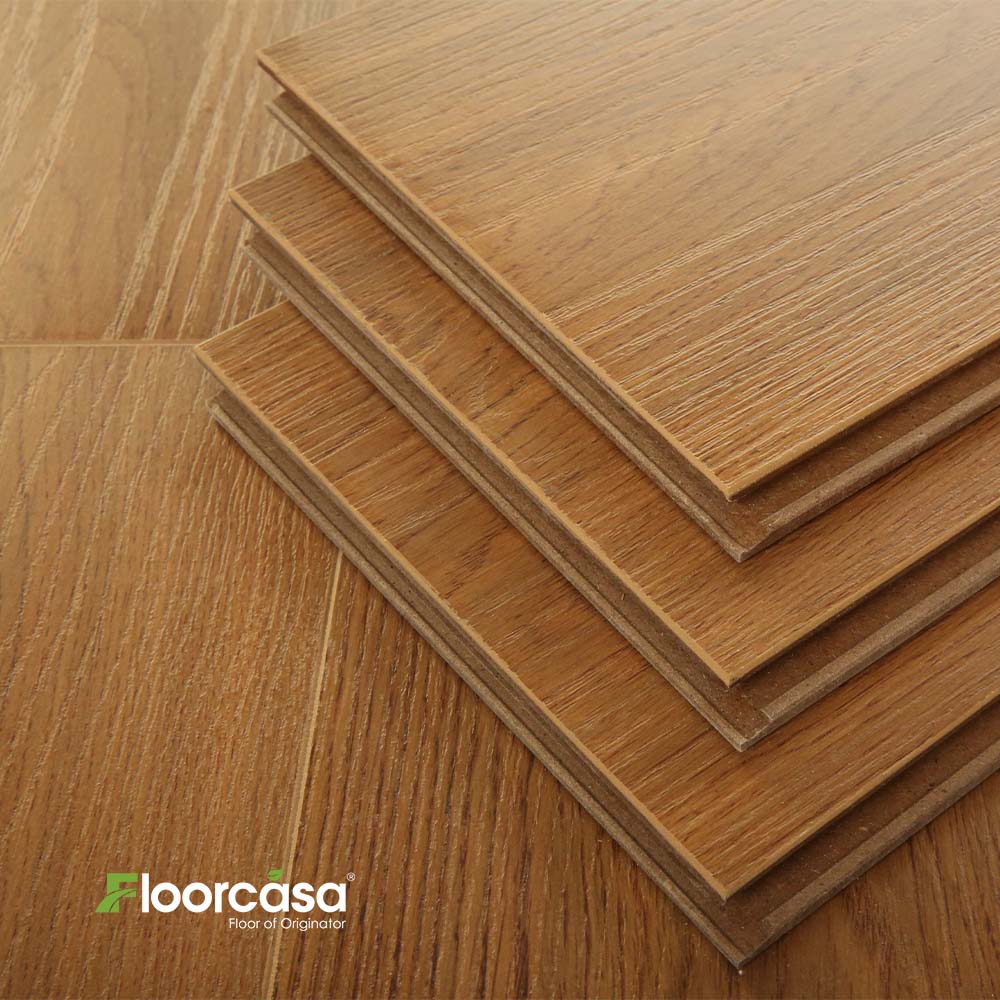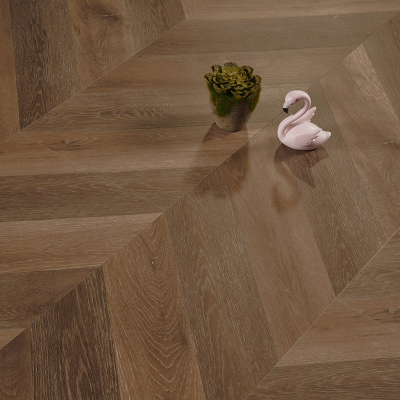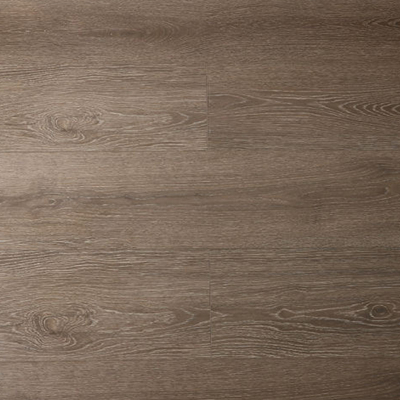Waterproof Composite Flooring
Waterproof composite flooring offers superior moisture resistance, dimensional stability, and durability for modern interiors. Its multi-layered structure—combining a rigid composite core, UV-cured wear layer, and acoustic backing—ensures long-term performance in high-moisture areas such as kitchens and bathrooms. The surface resists scratches, stains, and impact, while digital printing provides realistic wood or stone aesthetics. Eco-friendly construction ensures low VOC emissions and compliance with global standards. Easy installation, low maintenance, and compatibility with underfloor heating make it a versatile flooring choice for both residential and commercial applications. It delivers beauty, functionality, and sustainability in one engineered solution.
Waterproof Composite Flooring, often called laminate flooring, features a solid polymer core topped with a decorative, waterproof wear layer. This construction provides exceptional moisture resistance, making it ideal for kitchens. The Best Waterproof Composite Flooring offers superior dent resistance, stability, and realistic visuals. While Waterproof Composite Wood Flooring mimics hardwood aesthetics perfectly, it withstands water where real wood fails. Similarly, Waterproof Composite Laminate Flooring provides the look of laminate but with core waterproofing, unlike traditional laminate. All types feature easy click-lock installation for durability and worry-free performance in any room.
- Product structure -
Waterproof composite flooring is a next-generation engineered surface designed to withstand moisture, heavy traffic, and temperature variations. It merges aesthetic appeal, technical performance, and long-term stability, making it ideal for both residential and commercial environments. Manufactured under ISO 9001 and EN 16511 standards, this flooring type offers structural integrity, dimensional stability, and superior waterproof protection.
Technical Composition
1. Wear Layer:
A transparent PVC or UV-cured polyurethane layer (0.3–0.7 mm thick) ensures abrasion resistance (AC4–AC5) and stain protection.
2. Decorative Film:
Digitally printed high-definition wood, stone, or tile patterns for realistic visual texture.
3. Core Layer:
Rigid composite made from SPC (Stone Plastic Composite) or WPC (Wood Plastic Composite), providing exceptional waterproof performance and dimensional stability.
Density: 1800–2100 kg/m³ (SPC)
Dimensional Change: ≤0.05% under EN 434
4. Backing Layer:
Acoustic foam or IXPE underlayment for sound absorption (≤20 dB) and moisture protection.
Engineering Performance
Waterproof Rating: 100% waterproof under 72-hour submersion test (EN ISO 4760)
Thermal Stability: No warping at 80°C for 6 hours
Fire Rating: Bfl-s1 (EN 13501-1)
Impact Resistance: IC2
Slip Resistance: R10–R11 (DIN 51130)
These figures ensure that waterproof composite flooring meets both engineering and safety requirements for modern interiors.
Installation and Maintenance
Installation:
Click-lock or interlocking edge design (Valinge/Uniclic system)
Subfloor tolerance ≤2 mm over 2 m
Expansion gap: 8–10 mm around perimeter
Suitable for installation over underfloor heating (≤27°C)
Maintenance:
Use neutral pH cleaner; avoid wax or solvent-based products
Sweep regularly to prevent grit damage
Maintain indoor humidity between 40–60%
Applications
Residential: Kitchens, bathrooms, basements, living areas
Commercial: Offices, retail stores, hospitality venues
Institutional: Schools, clinics, laboratories
Its waterproof composition allows installation in areas traditionally unsuitable for wood-based flooring, combining visual warmth with technical durability.
Regulations and Compliance
Waterproof composite flooring complies with:
EN 14041: Health and safety standards for resilient flooring
REACH & RoHS: Non-toxic materials, free from heavy metals and formaldehyde
ISO 10582: Dimensional stability and curling resistance
FAQs
Q1: Is waterproof composite flooring fully waterproof?
Yes, it resists moisture penetration, making it ideal for wet environments.
Q2: Can it be used with radiant heating?
Yes, up to 27°C surface temperature.
Q3: Is it environmentally safe?
Yes, most products meet E0/E1 formaldehyde emission standards.
Q4: How does it compare to traditional laminate?
It offers superior water resistance, dimensional stability, and sound insulation.
Q5: What is its lifespan?
Typically 15–25 years with proper installation and care.












